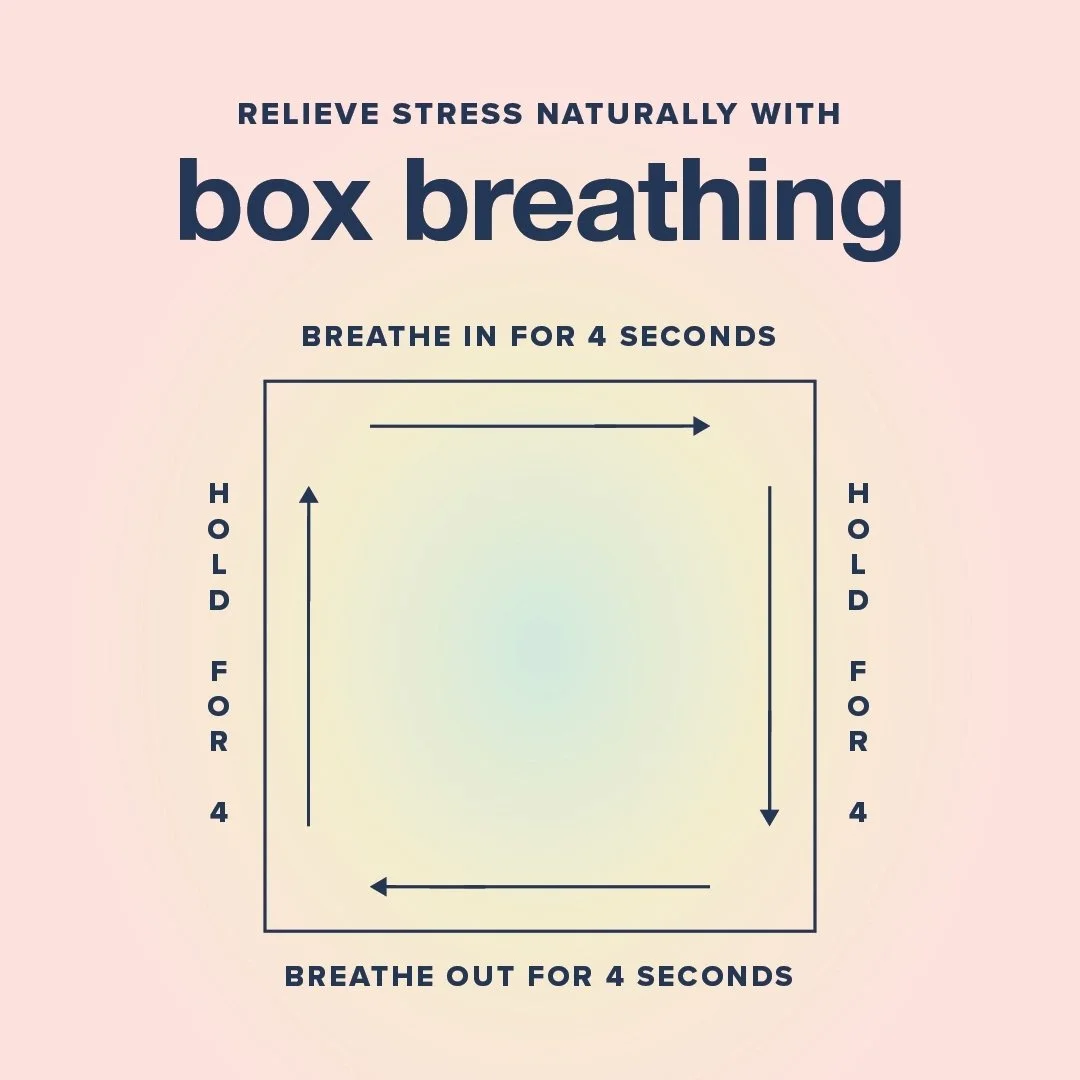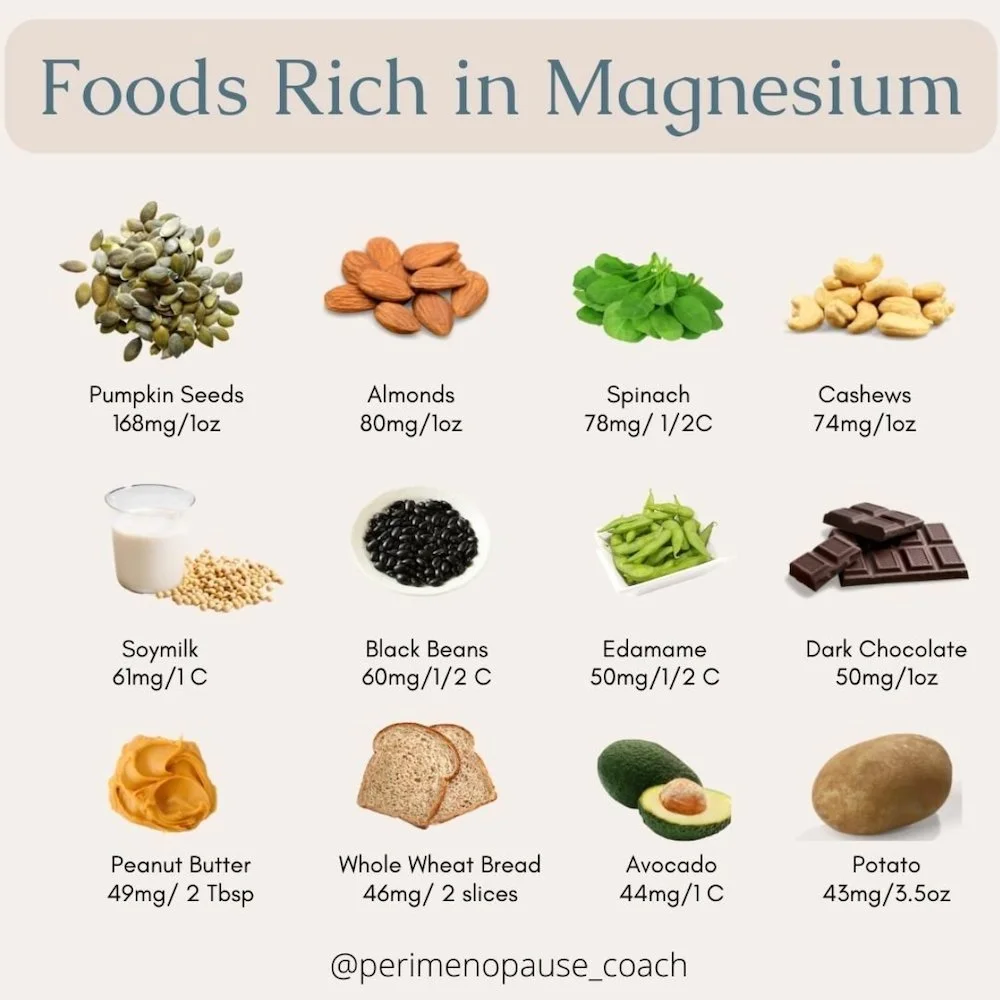12 Completely Mindless Things That Are Scientifically Proven To Reduce Stress
And also won’t annoy you.
by The Candidly Team
Let’s play a quick round of Candidly Family Feud.
Name a word we always seem to mention as a risk factor for pretty much every health issue we ever write about.
_________?
Did you say stress?
DING! DING! DING! DING! DING!
Anytime we write about anything health-related, the word “stress” sneaks its way in there. Frankly, that’s because it negatively contributes to essentially every aspect of our well-being. And yet, being told that just makes it worse.
So, rather than adding fuel to the fire, we’re here today simply to add tools to your toolbox. There are 12 almost witchy sounding things we’ve been looking into that have been shown to help calm our nerves. And look, some seem odd. Some dumb. Maybe one or two are obvious. But they’re all easy … and they have science to support them.
Also, when we say that they are mindless, this isn’t to downplay the seriousness of stress and/ or anxiety or to overlook the bigger, longterm actions like seeking therapy. It’s simply to add more options we can turn to on a daily basis to alleviate rather than accept our persistent stress. Without putting more pressure on an ever-piling up to do list.
Okay, let’s get into it.
1. Rewatch TV Shows
There’s a reason we’re drawn to that 27th rewatch of every episode of Friends. It’s like feasting on comfort food without the need for Pheob’s maternity pants (IYKYK).
Why?
It feels safe, reliable, warm, nostalgic, predictable and, according to Jennifer V. Fayard Ph.D., “watching familiar TV shows has been shown to restore our feelings of self-control after a period of exertion.”
Image: NBC
2. Ice it.
Freezing ourselves in the name of wellness is really having a year isn’t it? Ice plunges being the new “it” thing in celebrity health. Ice facials all over Tik Tok. We’re not making fun. In fact, we’re simply adding another use. Stress relief.
There are different ways to do this, according to different studies that show icing your vagus nerve, a nerve that transports signals from your brain to your heart can help soothe our stress response. You can do this by applying ice on your neck or drinking ice water, and both have been shown to slow down heart rate. But splashing cold water on your face or taking a cold shower can work, too.
3. Chew gum.
Jaw doctors, close your ears. We know gum chewing isn’t for everyone. A 90-year-old gentleman recently told us it’s what harlots did back in his day, which honestly just made it more appealing. But regular gum chewing has been linked to lowered stress levels.
Or maybe just do it on the airplane during landing because who isn’t stressed then or in need of a good ear pop?
3. Look for fractals (we’ll explain).
Fractals are complex, patterned shapes commonly found in nature that have been shown to help soothe stress. Is this all a complicated way of us telling you to take time in nature? Yes! But it’s also fascinating. It’s part of why the human brain finds calm in nature, so until we start building more fractals into our urban landscape, spend time looking at leaves and trees and clouds and seashells, because it is genuinely helping your brain find tranquility.
4. Learn to box … breathe.
Breathing exercises have been incredibly effective at calming our nervous system. Some studies have even shown breathwork techniques like “cyclic sighing,” which we wrote about HERE, to have a greater improvement on mood and reduction in respiratory rate than mindfulness meditation. That said, here is a super simple formula to remember called box breathing that we can do any time to relieve stress. Just follow the below pattern.
5. Keep magnesium rich snacks around.
Magnesium has been shown to lower cortisol levels and regulate overwhelmed neurotransmitters in your brain, according to The Cleveland Clinic. You can talk to your doctor about supplements and which magnesium is the right one to try, but you should also focus on getting magnesium directly from food sources. We went deep into this Tik Tok trending element HERE, but the recommended dietary allowance for adults 19-51 years-old is:
310-320 mg for adult women (350-360 mg daily during pregnancy and 310-320 mg during lactation)
400-420 mg daily for adult menere’s a very brief cheat sheet of magnesium rich foods to keep around.
And here’s a little cheat sheet of magnesium-rich foods to have on hand:
6. Name it to tame it.
Here’s a sentence that caught our immediate attention from Anxious Minds “Our brains undergo remarkable shifts when we articulate turbulent states.” What that means is when we name a feeling or describe an experience, we actually activate the prefrontal cortex of our brains, which can stop our amygdala from activating that instant, panicky, fight-or-flight response.
In less neurological terms, it helps to regulate the intensity of an experience, hence the catchy phrase “name it to tame it.” Connecting our emotion centers of our brain with our language centers can help us reach a state of increased calm in seconds. It’s all very grounded in neuroscience, but actually just requires us to say things in the moment like, “I’m feeling a drop in my stomach as my stress over this deadline builds.”
7. Drink matcha.
Matcha is very high in l-theanine, an amino acid believed to help promote calm and relaxation. And research has shown people who drank matcha for about two weeks had “significantly reduced stress.” And while caffeine can certainly spike cortisol levels, the other things in matcha are thought to help alleviate some of those effects and make for a less “jittery” response, according to VeryWell Health. Not to mention, matcha tends to have less caffeine than coffee.
8. Take a micro-walk.
We talk about walking around here like it’s the fountain of youth. And that’s because study after study kind of indicates it is. But even a micro-walk can be a potent, little stress buster. Just walking for 10-30 seconds to break up periods of sitting will help burn more calories and dial down stress levels. We actually made the really small investment of buying a walking pad to do exactly this, and it has changed our mood daily.
9. Sniff lavender.
The bottom line is there is actual, hard science showing that smelling lavender can bring down stress levels. So we’re just gonna go ahead and keep that sachet right smack on our desk.
10. Have a square of dark chocolate.
Aim for 80% cocoa or higher and limit it to 1.5 ounces. It has been shown to possibly help us release less cortisol during stressful events.
11. Try the 5-4-3-2-1 grounding technique.
One easy grounding technique is the 5-4-3-2-1 method. To try this technique, simply identify each of the following:
• 5 things you can see.
• 4 things you can feel.
• 3 things you can hear.
• 2 things you can smell.
• 1 thing you can taste.
Yes, it’s a mindfulness practice, and yes, it really works.
This article is for informational purposes only. It is not intended to be used in place of professional advice, medical treatment, or professional care in any way. This article is not intended to be and should not be a substitute for professional care, advice or treatment. Please consult with your physician or healthcare provider before changing any health regimen. This article is not intended to diagnose, treat, or prevent disease of any kind. Read our Terms & Conditions and Privacy Policy.











